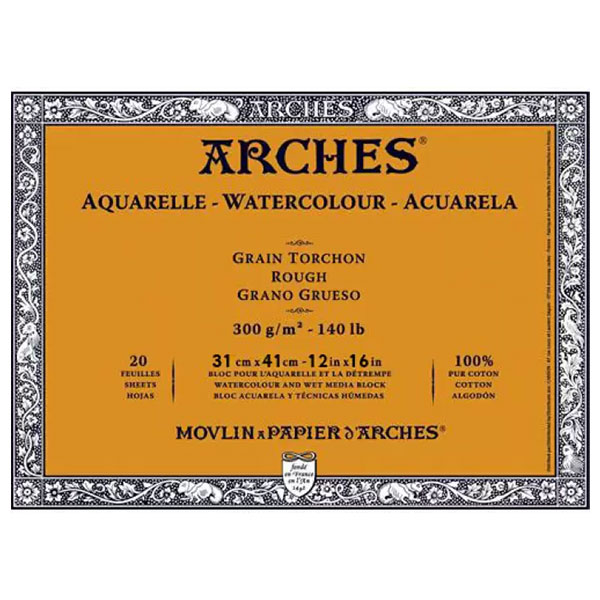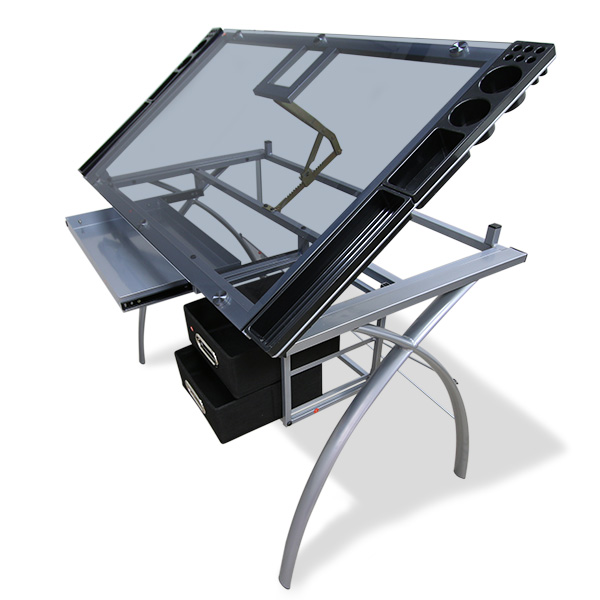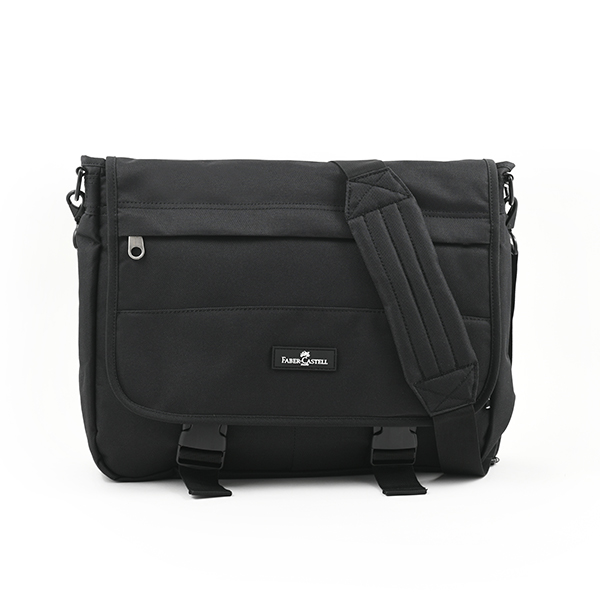

I’m certainly no watercolour wizard and it actually excites me that I have copious amounts still to learn. Watercolour is such a unique medium that really breathes a life of its own, as one soon discovers as paint meets water meets paper. It can be quite unpredictable and you are bound to get a whole load of surprises, especially when you’re just starting out. Now I’m sure we all feel the same – that nice surprises can be fun – but sadly with watercolour, my experience has been that more often than not those surprises can be pretty nasty ones. As a graphic designer, one of my favourite and most used keyboard options is ‘command Z’ used to undo my last action (or stuff up), and I can’t tell you the number of times I’ve wished I had one of those for watercolour!!
So I guess the best would be to try to avoid surprises, and there are certainly a few things that are useful to remember which can minimize some of the surprises we get when starting out (and even further along).
A little bit of patience goes a long way

My number one lesson to learn, and one I am still trying to drill into myself, is PATIENCE!… Let it dry! This is most definitely my biggest challenge when working on a watercolour piece. I now have a much better understanding of the term ‘it is as boring as watching paint dry’ because it really is – and when you are eager to keep going, it seems to take so long. Resist that urge to keep going and rather take a tea break or you are bound to regret it the very second you touch that ‘not totally dry’ area with a brush. I’ve found myself go into panic mode and try to correct, and then try to correct some more, only to make a complete mess of things that could have been prevented had I just had a bit of patience and a cup of tea while watching that paint dry in the first place.
Just like an onion – lots of layers
On to lesson number two. Start off light! I have watched numerous YouTube videos of these professional watercolourists and marvelled at how they seem to take a brush loaded with paint and with just a few bold strokes to get their dark values in. It seems almost as if there is no thought to it and within a few moments that whole painting is complete. Now kudos to them honestly and hopefully at some point I can be one of them but I have to accept and embrace my current skill level. Starting off light, with a nice transparent mixture of more water than pigment, and slowly building up layer upon layer to create the dark values is a far safer way of working. It is quite satisfying to watch as the artwork develops, from a light wishy-washy flat looking picture to the completed artwork with good tonal contrasts. Just remember lesson number one – let each layer dry before adding the next.
Clean and sparkly
The third lesson I’ve learnt is to keep your brushes and the water clean. Now, as obvious as that may seem, I think we will all have experienced that moment of horror when we realize that the ‘clear’ water we just tried to use to cover an area of beautiful white paper is really not that clear after all. That coloured streak from old paint in the brush or dirty water is enough to make your heart sink. I (as many others) work with two jars of water – one that I use to initially clean my brush to get rid of the major pigment load and then the second one just to make sure its clean. Get into the habit of refreshing the water in both quite regularly or rotate them using what was first your cleaner water as your jar for dirty brushes and add new clean water to the other jar which now becomes your clean water jar. Yes, I know we need to conserve water, but then rather use smaller jars that you refill more often, and you can even use the old dirty water to replenish a few pot plants, that way it is not wasted.
And while on the subject of water jars – just a little side note. Remember to keep your water jars quite a distance away from your actual painting. You don’t want drops or sprays from when you flick your brush in the water, or on the jar edge, to land on your beautiful white paper where you don’t want them. Unless of course, paint flicks and abstract are your style then, by all means, go ahead, but the control freak in me has heart failure when that happens.
Well, I don’t want to bombard you with a gazillion things, all in one post, as there are so many lessons to learn with watercolour. These are just the first few so keep popping in to find more of the lessons I have, and will still, learn along the way.





